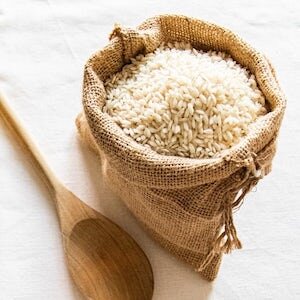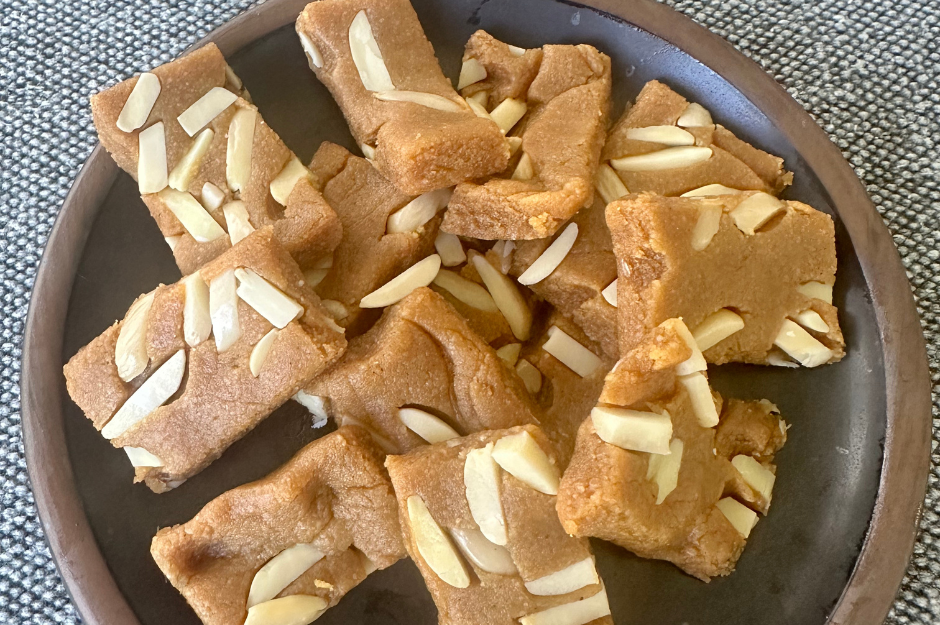traditional cleanse-style kitchari
What is kitchari?
Kitchari is a staple food of an Ayurvedic diet. It is a neutral, light, and easily digestible food that cleanses and nourishes the body without supporting imbalances of any kind, while also removing toxins. When prepared thoughtfully it also makes for a great cleansing meal.
This complete, one-pot meal is a mixture of split, hulled mung beans and rice, spices, and sometimes fresh veggies. In Ayurveda we recognize that qualities like taste and preparation play a large role in determining the digestibility of the food we put into our bodies. During a cleanse we aim for foods that are easier on the digestive system so that we may not only provide clean nourishment to our body, but also to support Agni in burning off any toxins already present in the body, what we know as ‘ama’.
Enter the mung bean! Because of its small size, and the soaking process before cooking, the mung bean is a very digestible plant protein. This makes absorption and assimilation of the minerals and nutrients of this dish much easier and more accessible to our bodies. When soaked and cooked properly it will both nourish and cleanse the body. Paired with rice, and spices such as turmeric, pepper, cumin, and black mustard seed, this dish will provide support to agni, whose responsibility is to help in clearing toxins and freeing up the channels so that cellular nourishment can be delivered most effectively and wastes carried away.
While there are endless variations on kitchari, and a myriad of ways to modify it for a desired doshic outcome, what follows is a simple, “cleanse-style” tri-doshic kitchari. This makes a lovely weekly addition to your meal planning and will serve as a digestive reset and detoxification support anytime you include it.
Ingredients
1 cup white basmati rice (for Kapha imbalance use 1/2 cup rice)
½ cup split/hulled mung beans
4-6 cups water
2 TBS organic ghee (clarified butter)
1 ½ TBS kitchari spice mix*
1 ½ tsp fresh grated ginger
1-2 cups chopped fresh vegetables (optional, bitter green veggies best: kale, zucchini, chard)
*if you don’t have kitchari spice you can use the following, in heaping your measurements:
1 ½ tsp cumin seeds
½ tsp brown mustard seeds
½ tsp Himalayan mineral salt
½ tsp turmeric
¼ tsp hing/asafetida
Method
Wash rice and mung and soak overnight, or for at least 8 hours. Rinse mung beans in colander or sieve until water runs clear.
In a saucepan warm the ghee. Add the kitchari spice mix and saute for one to two minutes, until the mustard seeds start to pop and the aroma of the herbs is released. If using the herbs separately, add the mustard seeds and cumin seeds and sauté for one to two minutes, until the mustard seeds start to pop and the aroma of the herbs is released. Add the salt and powdered spices and sauté for just a minute or so.
Add the rice and mung beans and sauté for another couple of minutes.
Add the ginger, 6 cups of water, and bring to a boil. Once the kitchari has come to a boil, reduce heat to medium-low and cover and cook until it is tender, approx. 30-45 minutes.
If adding vegetables to your kitchari, add the longer cooking vegetables such as carrots, beets, or sweet potatoes halfway through the cooking. Add the vegetables that cook faster, such as leafy greens, near the end.
Continue to add water as needed. You’ll want your kitchari to be a little soupy.
Garnish with fresh cilantro chutney.
Makes 4 servings
instant pot cooking instuctions
Reduce water to 4.5 cups
Press the “Saute” button on the Instant Pot. Allow to heat for a few minutes and then add the ghee (or sesame oil). Next, add the spices and temper them for a minute or two, until flagrant.
Add the washed rice and mung beans to the Instant Pot and stir to coat everything in the ghee and spices. Saute for one minute and then press cancel on the Instant Pot.
Add the water, ginger, and chopped vegetables. Pressure cook on high for 10 mins. Allow to naturally release for 15 mins. and then release any remaining pressure manually.
Carefully open the lid, stir well, and enjoy!
related products
related posts
loved what you learned? feeling inspired? share this article with someone who would benefit!
you can also share via the social icons below.














